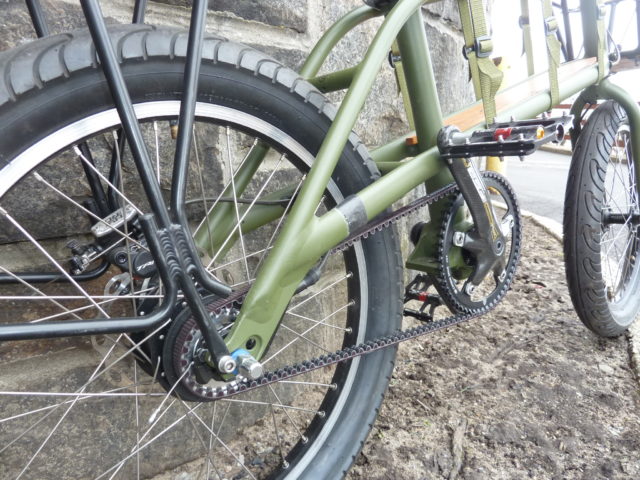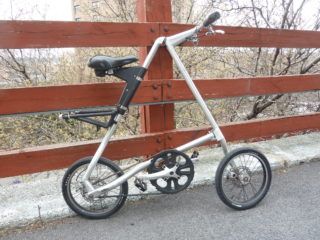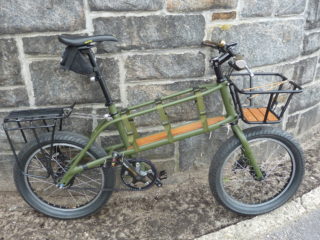March 30, 2022
Bike Tips: Should I Get A Belt-Drive Bike For Daily Bike Riding?

Belt-drive bikes are a very attractive option for daily bike riding: they run quietly and the belts and cogs are durable. Most importantly, belts don’t need cleaning and lubrication, they don’t attract black crud from the street, and they’re lighter than chains. Plus, they’re cool!
Belt-drive bikes are a relatively new bike technology, but they haven’t exactly taken the bike industry by storm.
Why not?
First, it seems that only one company holds all of the patents and rights on the belt technology itself and the cogs and chainrings that go with them. With that being said, the competition is slim and the price of the belts and cogs is pretty high.
Second, both the mountain bike and road bike sectors of the bike industry are firmly wedded to chains and derailleurs (partly because belts don’t work with derailleur chain-drive systems, and marrying a gear system with a belt adds more weight than the bike racing industry wants). Additionally, the component makers seem to really enjoy fitting yet another cog on the back wheel of a chain-cassette system. But, I digress!
Belt-drive bicycles also require a belt-compatible frame. A chain is many pieces that can be disassembled at any point and rejoined, thus a chain is compatible with any bike frame. A belt is molded in one loop and cannot be “separated” like a chain, therefore it needs a frame that somehow allows the belt to be looped through the rear triangle of the bike without “breaking” the belt the way one would do with a chain.
That means you need a frame that doesn’t have chainstays (no enclosed rear triangle) or a frame that’s designed so the rear triangle can somehow be “opened” to let the belt pass through. TL;DR, a special frame.
I keep thinking that if component manufacturers stopped creating 10, then 11, now 12-speed cassettes, they could use their brilliant engineering brains to design a durable belt that could be “separated” and put back together. Then they could manufacture belts in various lengths to work with any bike frame, and that single company’s monopoly on belt-drive systems could break. That hasn’t happened yet.
And even if they did, belt drives would still be limited to either single-speed bikes, bikes with internally geared hubs, or other variable gearing systems that don’t involve a derailleur and a cluster of gears on the back wheel.
But that’s not a bad thing (unless you’re trying to win races or enjoy hardcore mountain biking). A belt-drive bike is a fantastic, perfectly useable technology that has all the aforementioned virtues. I have not one, but TWO belt drive bikes in my stable (and might even add a third!). My two belt-drive bikes are unusual but very cool: a Strida Folder (left) and a Coast Cycles Quinn (right).


Depending on the type of bike you’re looking for, someone is probably making a belt-drive version of it. You’ll mostly find these as folding bikes, single speeds, and cool urban commuting bikes.
Looking for a belt-drive bike with gears? Shimano offers internally geared hub options: 3spd, 8spd, and 11spd. Take a look at Priority Bicycles and Spot Bikes if you don’t already have a good idea of the bike you want. Gates Carbon Drive has a large list of companies manufacturing belt-drive bikes on their website as well.
So… should you get a belt-drive bicycle? If you’re not racing or mountain biking and you don’t want to deal with grimy chain maintenance, YES… you SHOULD get a belt-drive bike.
Written by Bike New York’s Director of Education, Rich Conroy.

